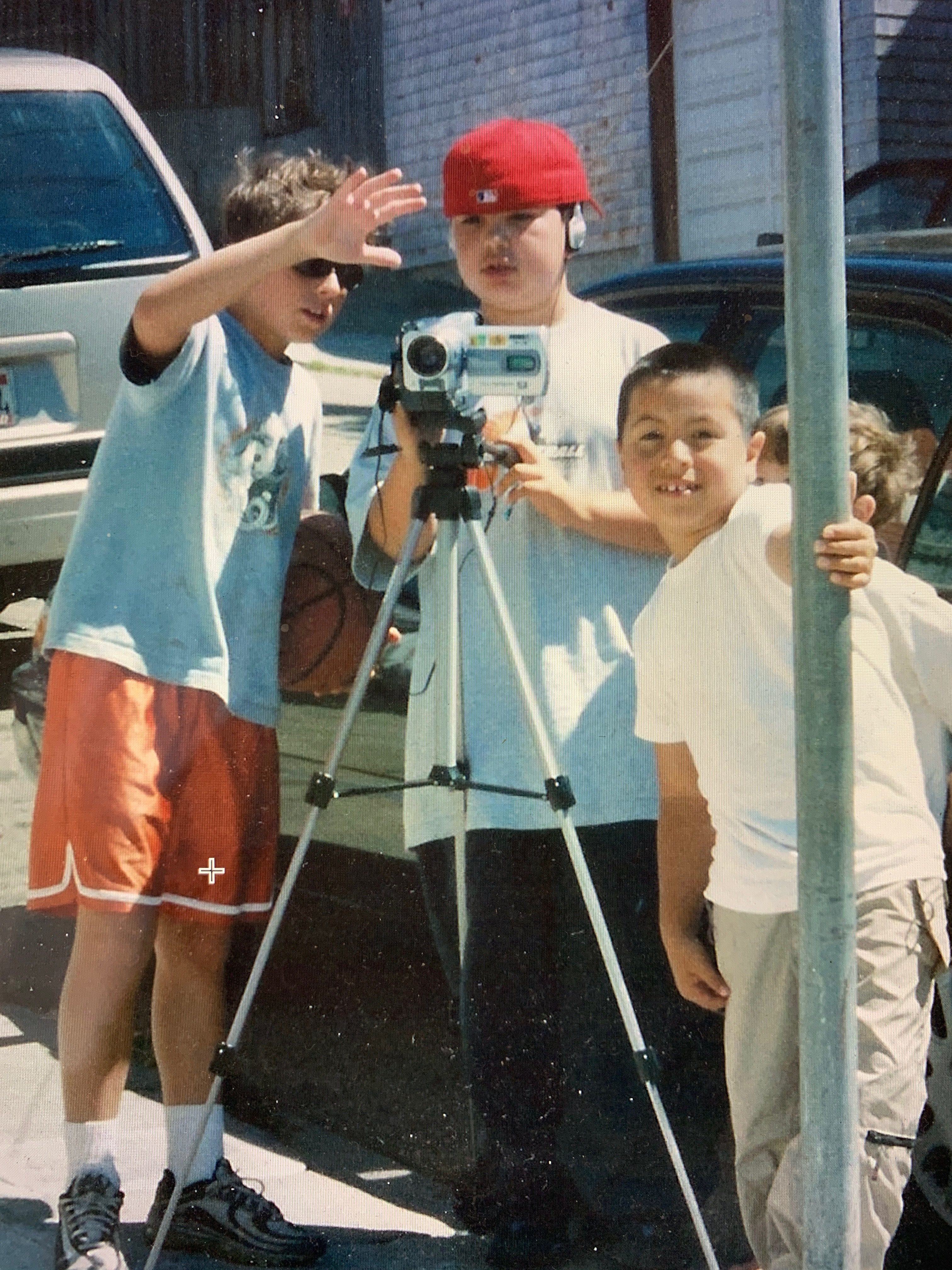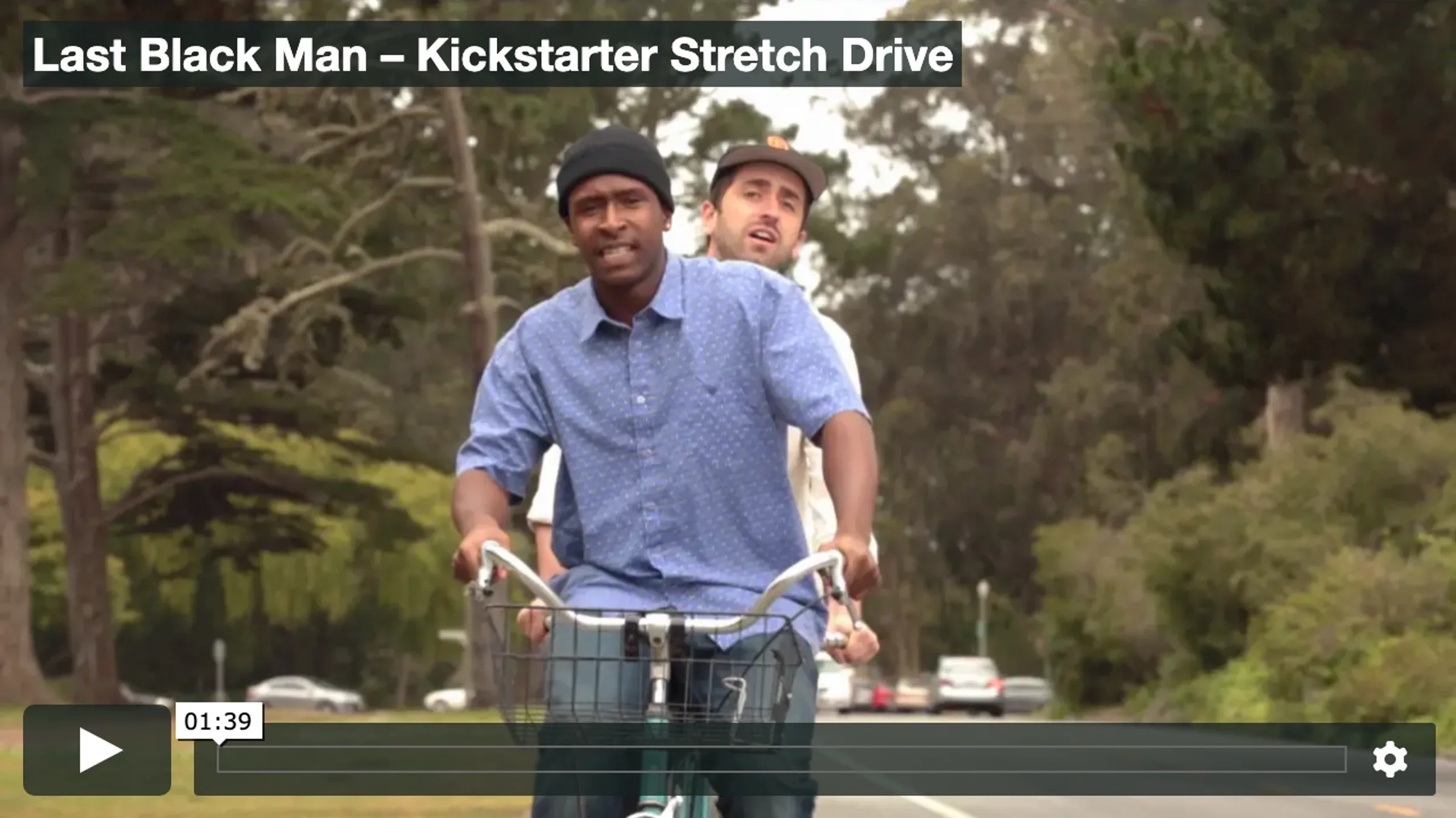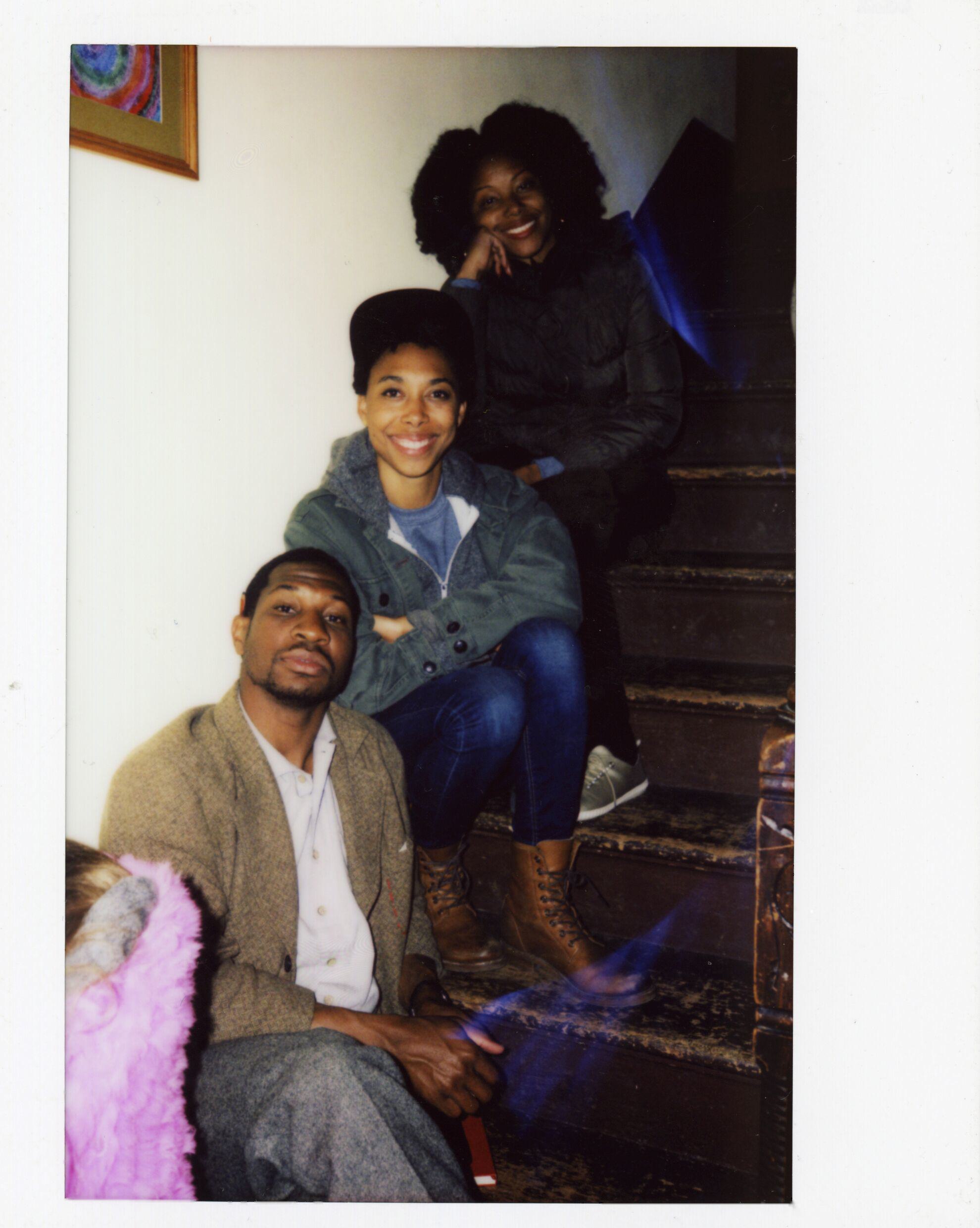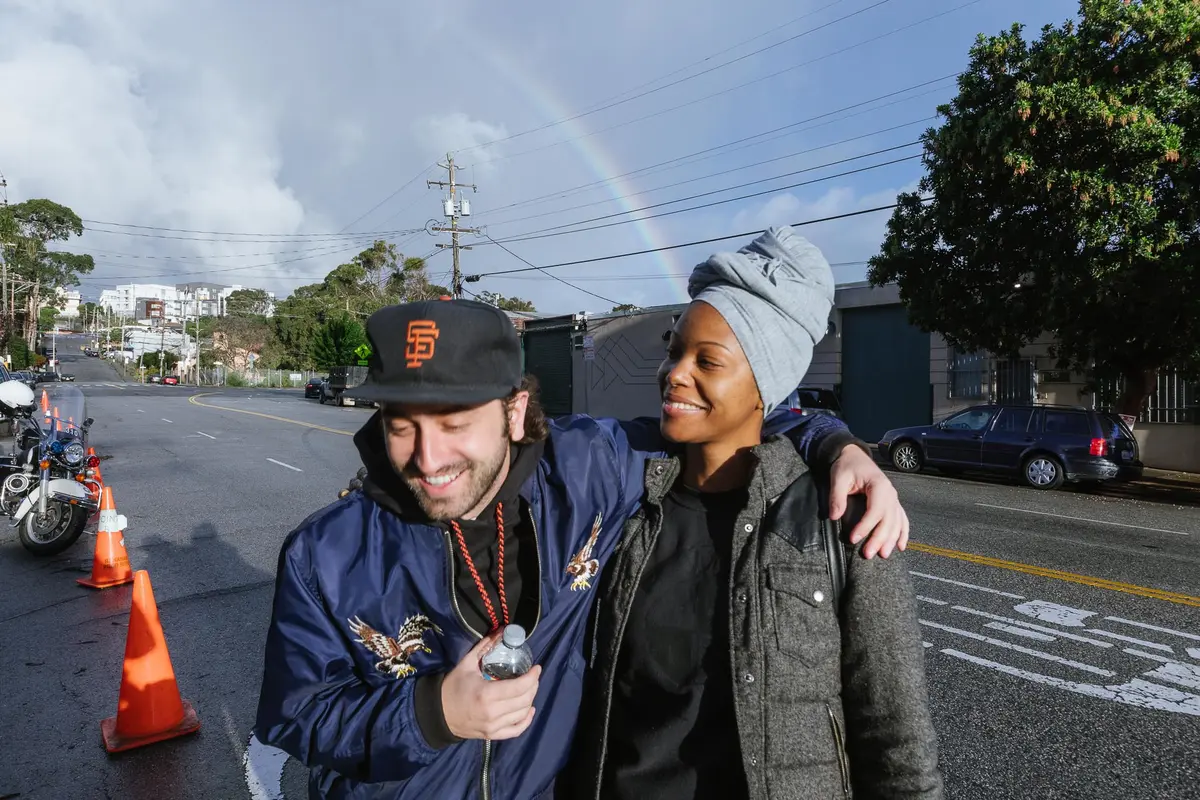by Joe Talbot
It's been a strange journey getting here.
Just over ten years ago, I dropped out of high school. Five years later, my childhood friend, Jimmie, moved into my parents' house with us after leaving college early—not exactly budding prospects. Our home was plopped midway up a zig-zagging street in Bernal Heights, a haphazardly-developed neighborhood with steep one-way roads and conflicting architecture that abruptly ended at the summit of Bernal Hill—a red-rocky swath of nature with coyotes and the occasional snake.
As a kid, I remember soapbox derbies where garage-built cars raced around the hill's circular roadway and Norteños grazing in the high grass drinking 40s at sunset. I remember falling in love with The Nightmare Before Christmas and my dad telling me it was animated in a warehouse just down the street. I remember the Sunday night dinners that Equipto's mom would host a few houses up, and peeking out of my bedroom window hoping Andre Nickatina might make an appearance. I remember intensely-private auteur Terry Zwigoff (Ghost World, Crumb) driving past us as we filmed one of our first movies, then chasing after his duck-farting bucket to discover he'd lived on my street my entire life. (He'd hate that I know that.)
In those days, our house of artists and oddballs was one of many. Now, it feels like the last outpost in a neighborhood that was listed last year as the hottest piece of real estate in the country. It's those memories, both big and small, that jigger foggy feelings of what San Francisco used to be like—a wild, undeveloped, cultural cocktail. Jimmie and I first met as kids at a park at the base of Bernal where Latinos, African-Americans, whites, Samoans, and Filipinos all hung out. Now it functions mostly as dog park with frolicking Labradoodles and white transplants picnicking and playing cornhole. What may appear benign feels anything but.


Out of our shared angst around what we felt was being lost, Jimmie and I began to develop The Last Black Man in San Francisco. The film was inspired by Jimmie's life and his longing to get back the Victorian he'd once lived in with his extended family. He'd been raised on stories that his grandfather—a larger-than-life figure who was said to have once lifted a car—built the house with his bare hands when he first moved to the Fillmore, then called the "Harlem of the West," in the 1940s. By the time Jimmie was growing up, the neighborhood park across the street overflowed with dice games, boomboxes, and pick up games. After his family lost the house, Jimmie would occasionally return just to sit and look up at it, even as the dice games and boomboxes faded away. The same new cafe chain that replaced the Ethiopian-owned corner store in my neighborhood had moved in to his.
What we didn't realize as we began working through these feelings five years ago was how this seismic culture shock reached far beyond our 48 hills—it was happening nationally. People's hometowns—their cultural flag-posts, their past memories, and future livelihoods—were being auctioned off to the highest bidder. For every memory Jimmie and I had of old San Francisco, there were others across the country processing similar feelings, being thrust forward while trying to keep a grasp on what was.

In the years that followed, we built a film family of other mostly first-timers who helped us develop the project en route to making it. Doing it mostly in isolation, in the most expensive city in the U.S., we often felt like we were the last artists in San Francisco. There are a lot of lasts these days. But the friendships we formed, like Jimmie and Mont's in the film, made the city feel a little less lonely.
It was these people—Khaliah Neal, Rob Richert, Luis Alfonso de la Parra, Prentice Sanders, Fritzi Adelman, Sydney Lowe, Natalie Teter, Mike Evans, Emma Nicholls, Laila Bahman, Zach Goldstein, Ryan Doubiago, Yeelen Cohen, Christian Baba, my brother Nat (and countless others)—who banded together with little assured, sometimes working out of my parents house, often grinding late into the night, all in a grassroots effort to help mold a dream that Jimmie and I had into a film. Jimmie's bravery to tell his story, and star in its telling, set a tone that everyone worked tirelessly to honor.


From that work came a Kickstarter campaign, standard film tests, batshit film tests (experimenting with handcoloring), years of location scouts, interviews, grant proposals, script readings, labs, a concept trailer, a separate short film (to cut our teeth), an elaborate look book, three websites, and a dozen more miscellaneous creations. Oddly enough, it was the separate short film that finally brought us to the attention of Christina Oh at Plan B. They joined on, bringing A24 as well, and then we met the next batch of heroes who helped elevate the film even further. But in the midst of creating all of those mini-projects within this larger one—Jimmie and I had found our people.

When I think back on my childhood memories of Bernal, they feel so distant, like that part of the city has vanished for good. And yet, in the years spent trying to communicate those collective feelings that Jimmie and I had, we met people just as loving, varied, eccentric, and artistic as any I would've known in the old San Francisco. That's left me with a strange optimism. Together, these people helped take an idea birthed between two friends out of my childhood bedroom into theaters across the country. How long we can all stay here in San Francisco remains to be seen. Some of us have already had to leave. Others are still fighting to stay. As the film has begun to show in theaters, I've met hundreds more who—against all odds—have somehow remained as well. And, for now, that gives me hope.

The Last Black Man in San Francisco is now playing in cities nationwide. Follow @LastBlackManSF on Instagram to find out when it's coming to you.




